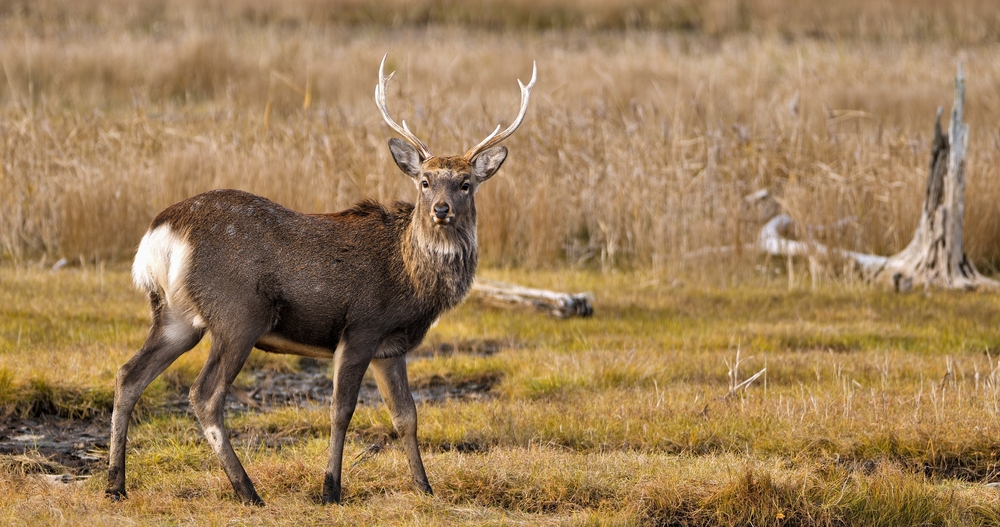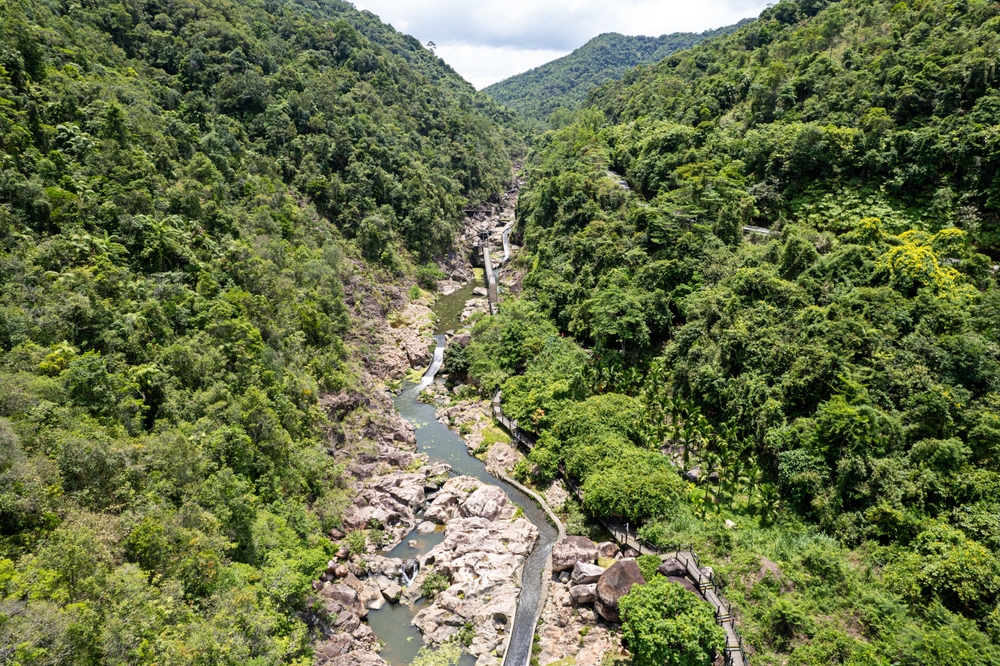Northeastern Tiger and Leopard Overview
Northeastern Tiger and Leopard National Park, located in northeastern China, is a vast protected area dedicated to preserving some of the most critically endangered big cats on Earth: the Siberian tiger (Panthera tigris altaica) and the Amur leopard (Panthera pardus orientalis). Known locally as 东北虎豹国家公园 (Dōngběi Hǔ Bào Guójiā Gōngyuán), this national park spans approximately 5,637 square miles (14,600 square kilometers), encompassing parts of Jilin and Heilongjiang provinces near the Russian border. Its establishment in 2017 marked a significant step in China’s commitment to wildlife conservation and ecological restoration.
The terrain of the park is a mixture of dense temperate forests, rugged mountains, and valleys interspersed with streams and rivers. This diverse landscape provides an ideal habitat for its apex predators, the Siberian tiger and Amur leopard, which rely on these ecosystems for hunting and shelter. The forest vegetation includes Korean pine, Mongolian oak, and various species of birch and spruce. These forests also support a wide array of herbivores like roe deer, sika deer, and wild boar, which serve as prey for the tigers and leopards.
The wildlife in the park extends beyond its famous feline inhabitants. Other notable species include Asiatic black bears, red deer, and the endangered Blakiston’s fish owl. The park is also a haven for bird species like the black stork and the golden eagle. These animals thrive within a landscape that remains relatively undisturbed, thanks to strict protection measures.
Visitors to Northeastern Tiger and Leopard National Park can engage with its natural wonders through eco-tourism initiatives, including guided wildlife observation tours and interpretive walks in designated areas. However, access to many parts of the park is restricted to minimize human impact on the fragile ecosystems and ensure the safety of its elusive residents. The park’s remote location and harsh winters, with temperatures plunging below freezing, present challenges for both visitors and conservationists.
Key conservation efforts within the park include monitoring tiger and leopard populations through camera traps and satellite tracking, habitat restoration projects, and anti-poaching patrols. Collaborations with local communities aim to mitigate human-wildlife conflicts and provide sustainable livelihood opportunities that reduce pressures on the park’s resources. These efforts have shown promising results, with a gradual increase in the numbers of Siberian tigers and Amur leopards being recorded.
In summary, Northeastern Tiger and Leopard National Park is a vital stronghold for some of the world’s rarest predators and their ecosystems. Its unique landscapes and biodiversity underscore the importance of conservation efforts in safeguarding this irreplaceable natural heritage. While challenges remain, the park stands as a testament to the potential for coexistence between humans and nature.















































































